7 Reasons NIH Should Shut Down All 7 National Primate Research Centers
Monkeys held prisoner at the seven remaining national primate research centers (NPRC) deserve so much more than to be experimented on and killed.
In the 1960s, the U.S. Congress instituted the National Institutes of Health (NIH) Primate Research Centers program—tasked with importing and breeding monkeys and other primates for experimenters, developing supposed primate “models” for human disease, and experimenting on these vulnerable animals. These primate centers have served as breeding grounds for diseases as well as places of immeasurable pain, misery, and death and have been a total failure in advancing the health and well-being of humans. In 2013, NIH finally admitted that most experiments using chimpanzees were unnecessary. In 2015, the New England Primate Research Center was shut down. Help PETA get them all shut down.
Here are seven things you need to know about the remaining seven NPRCs:
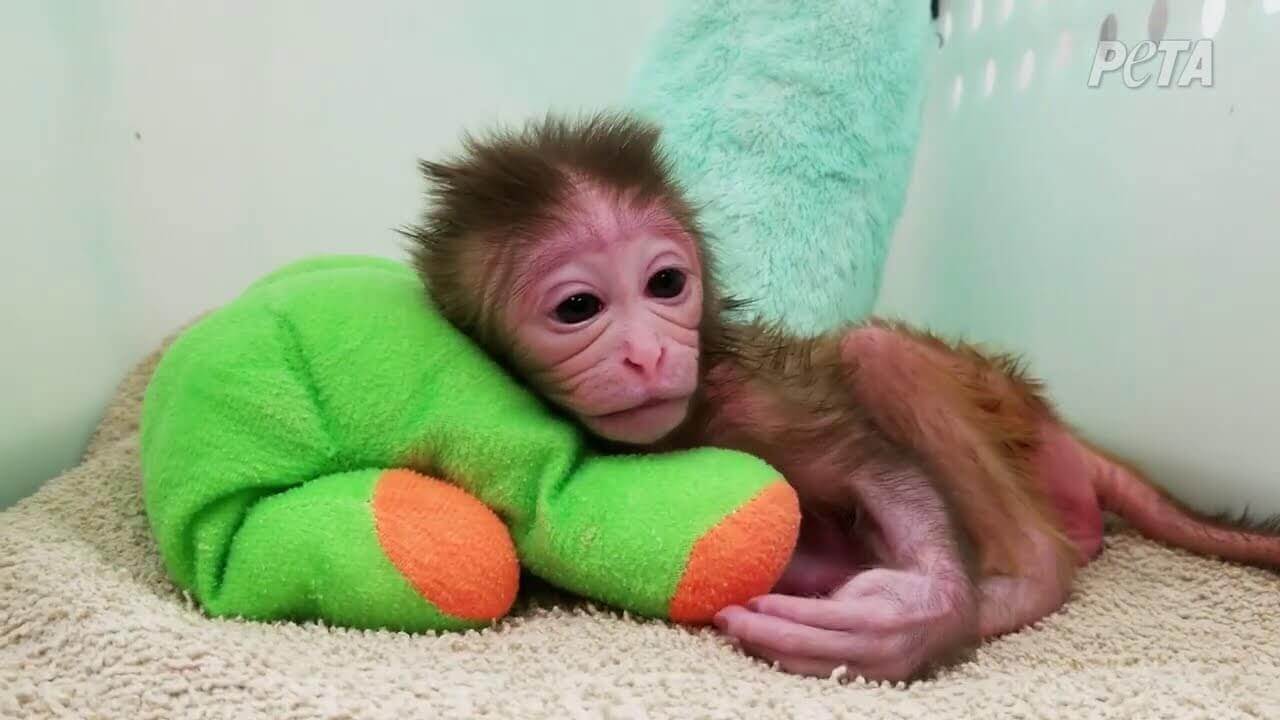
Did you know that you’re paying for hideous experiments on monkeys? The NPRCs receive tens of millions of taxpayer dollars via NIH every single year. So instead of funding effective, non-animal research, NIH gives money to NPRCs so that they can pry baby monkeys away from their mothers, electroshock primates’ penises, breed monkeys infected with Zika, and worse.

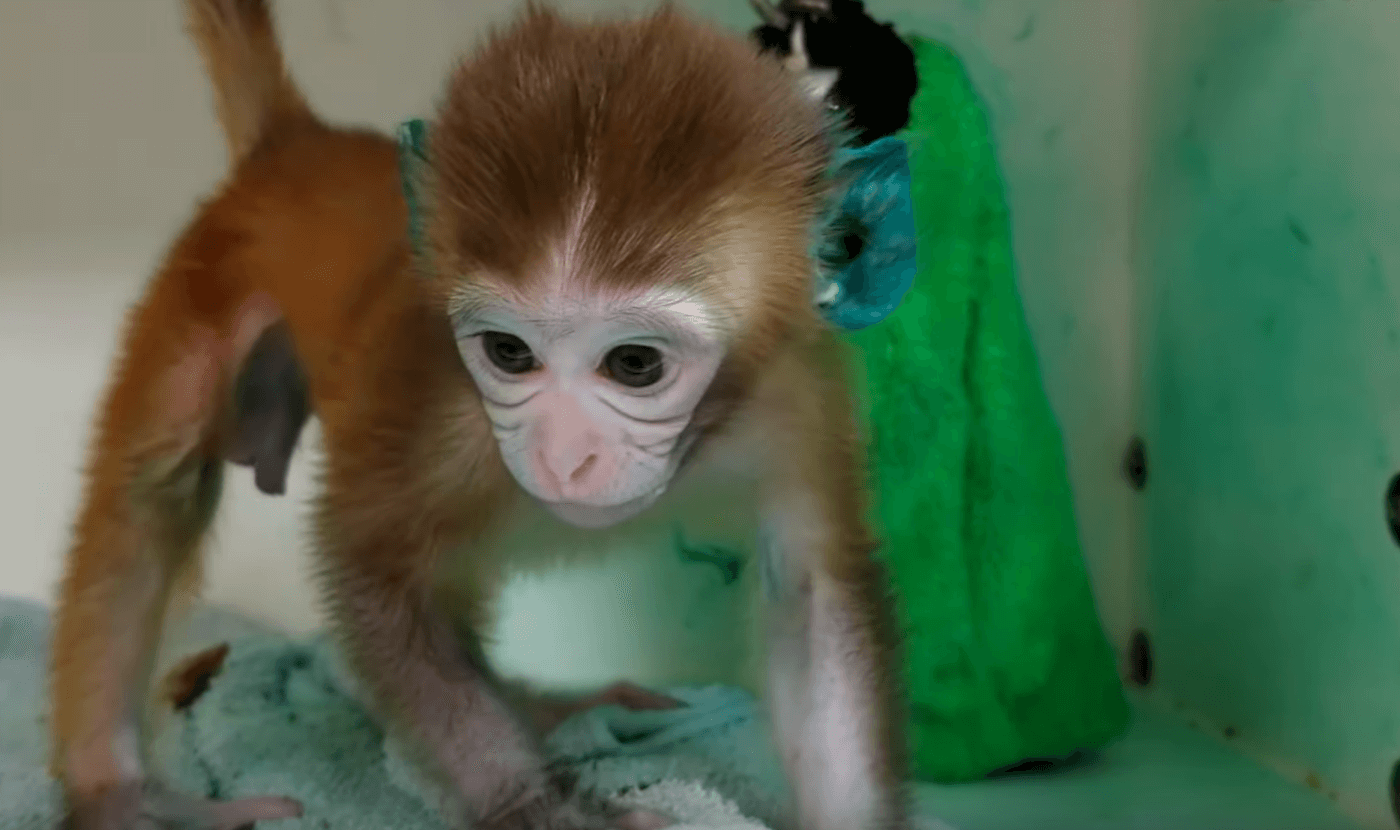
Each center breeds and experiments on thousands of monkeys, mostly macaques. You’ve likely seen the images of monkeys warehoused in small, barren stainless steel cages for experiments that can last months or even years.
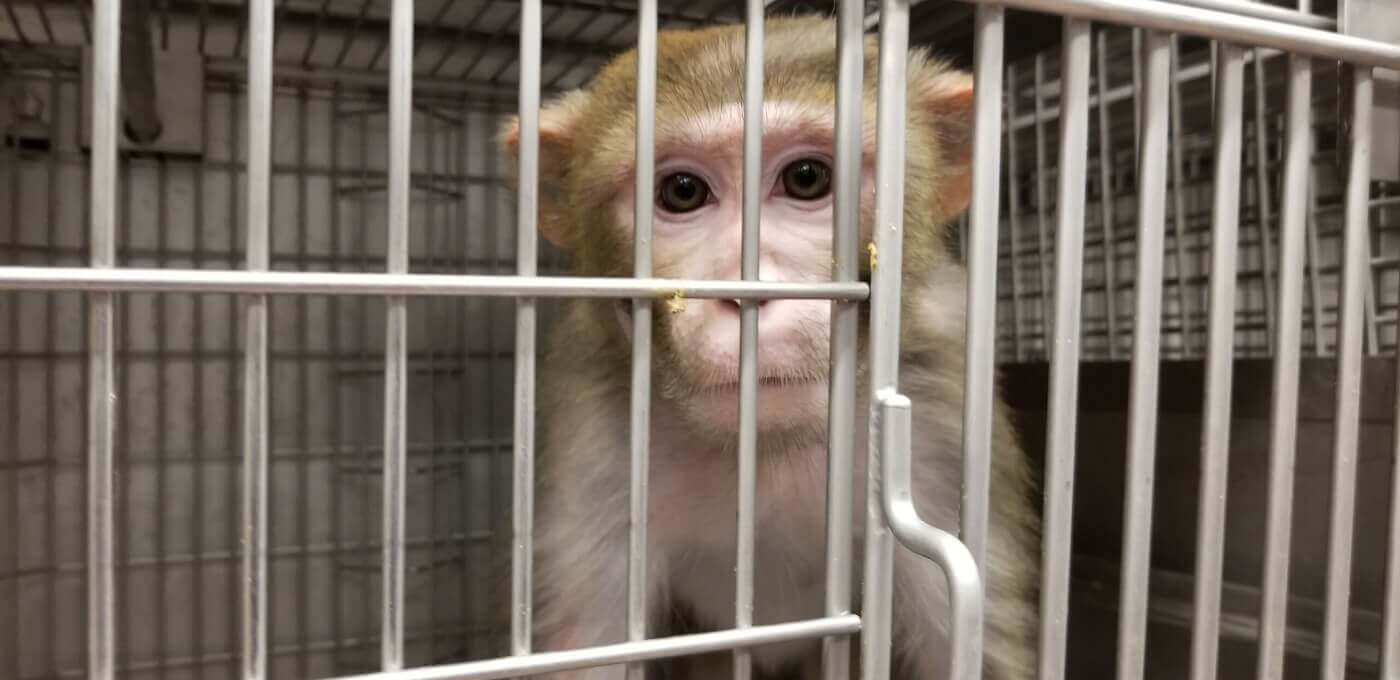
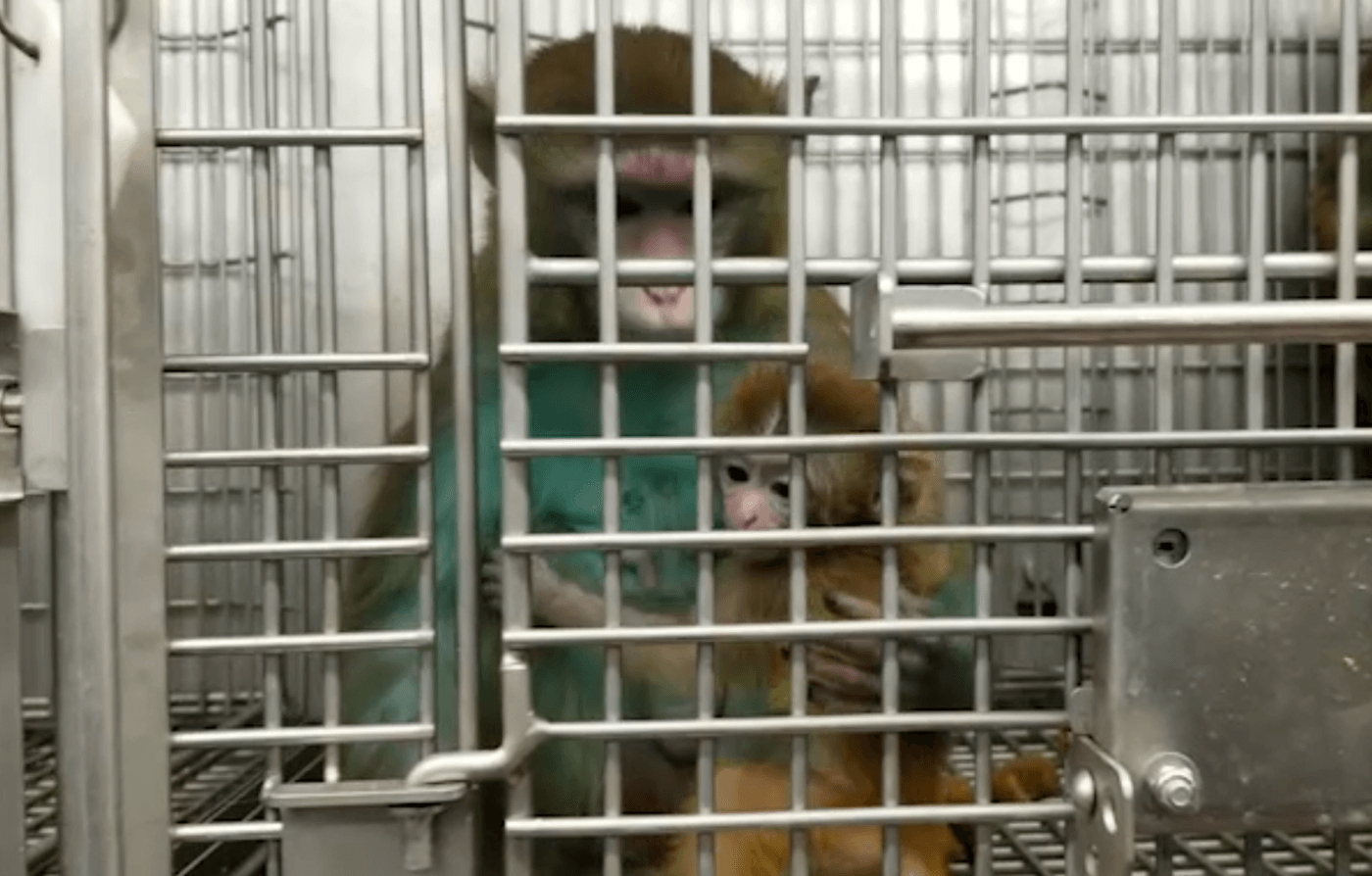
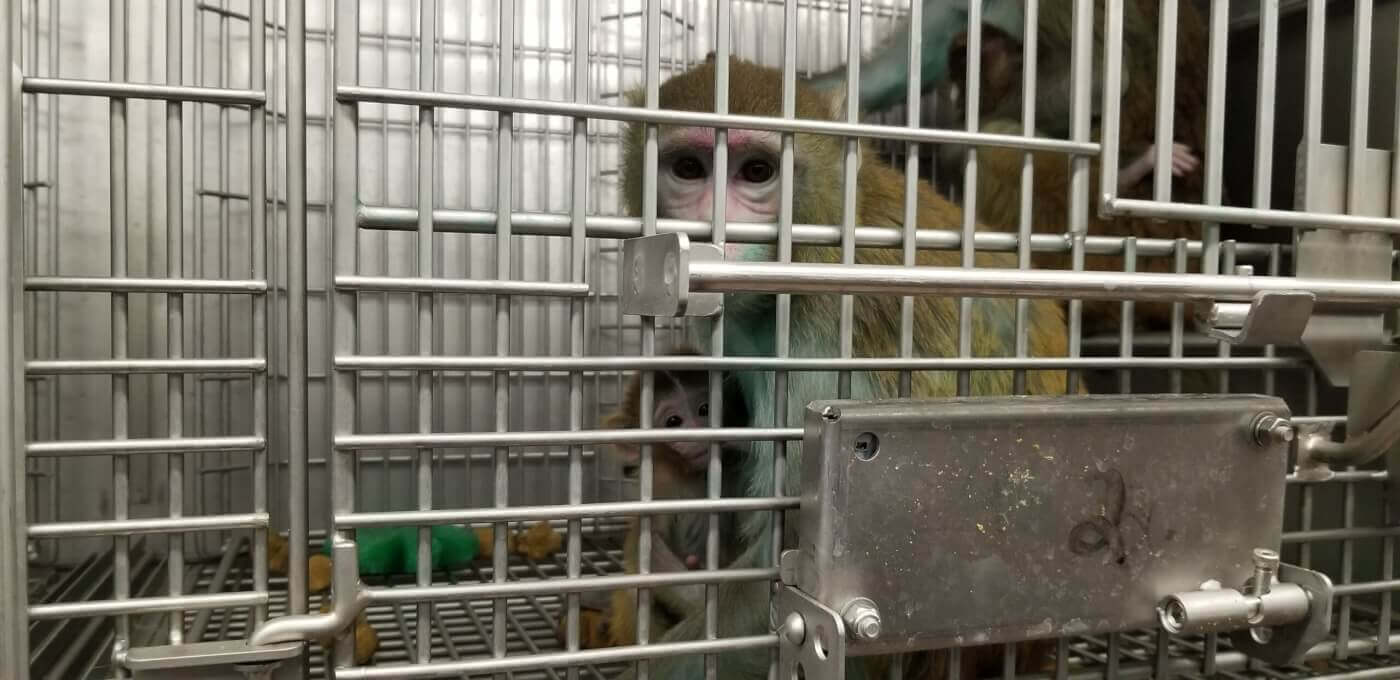
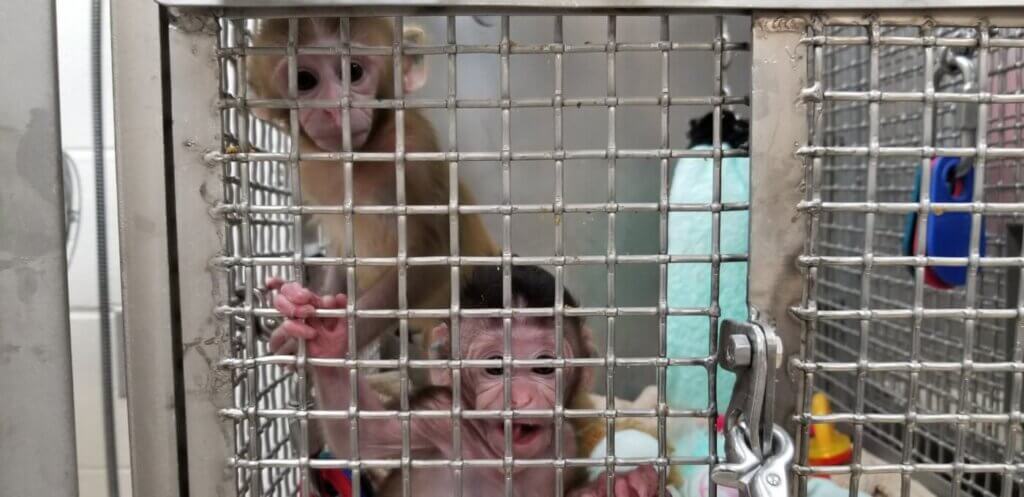
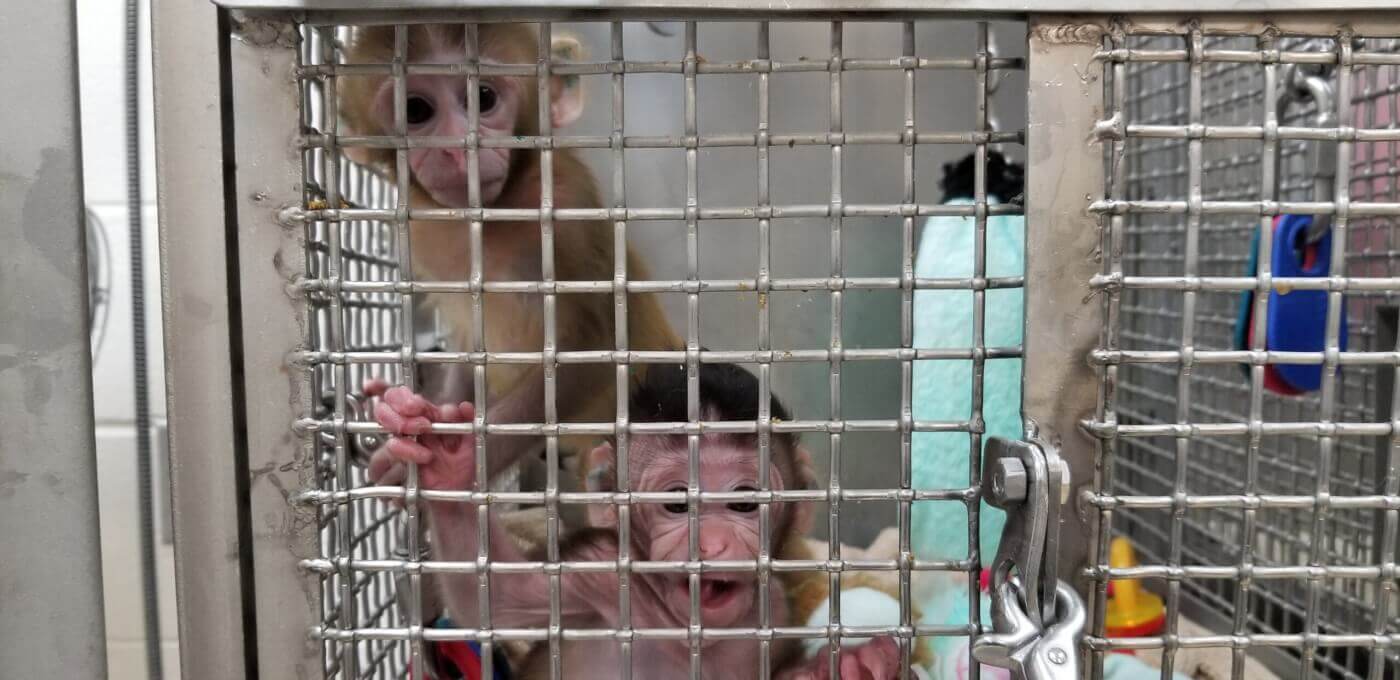
For decades, the experimenters destroying these monkeys’ lives have been aware of the torment they’ve caused as well as of the inaccuracy of their findings. Condemning these profoundly social beings to lonely lives of isolation—using them as though they were test tubes with tails—causes “potent lifelong health effects” in monkeys, which can severely distort the results of infectious disease or behavioral experiments.
During the past 60 years, hundreds of thousands of monkeys have died in the NPRCs.

At one NPRC, a primate died after his cage was run through a high-temperature mechanical cage washer while he was still trapped inside. Another—an infant—apparently died of starvation after staff failed to notice that her mother wasn’t producing enough milk.

Yet the promised vaccines for HIV, malaria, and tuberculosis have yet to materialize. Such failed promises are hardly surprising, considering that macaques are biologically very different from humans (as the evolutionary ancestor we shared with them dates from 25 million years ago) and that keeping them in captivity compromises their immune systems. Of course the results of these experiments don’t translate to humans.
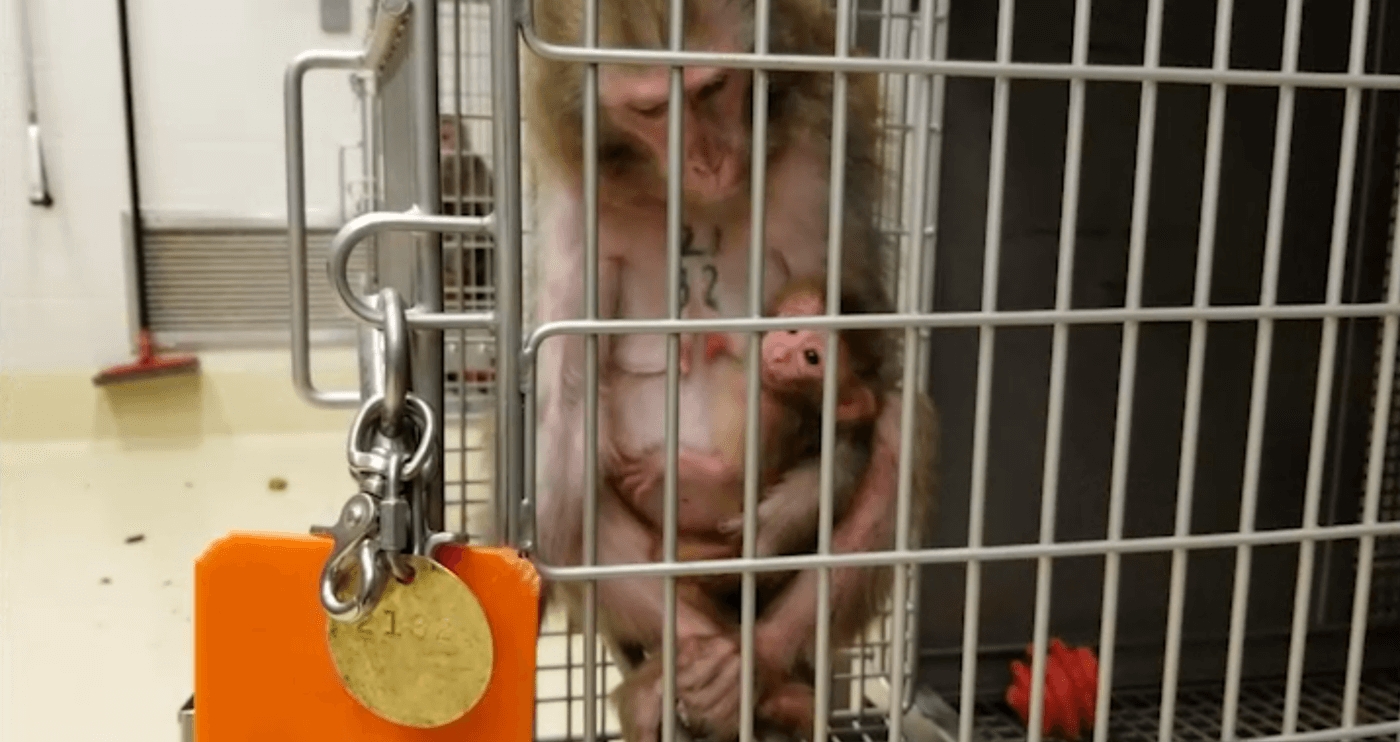
Laws governing the treatment of animals in experimentation are so weak that within the walls of NPRCs and other laboratories, the following are all perfectly legal:
• Confining monkeys to cages only slightly larger than their bodies
• Using starvation and dehydration to try to compel monkeys to complete a task
• Embedding multiple devices in their skulls and eyes
• Leaving them restrained for long periods of time in order to take blood and tissue samples
• Tearing infants away from their moms and leaving them alone in an incubator 23 hours a day
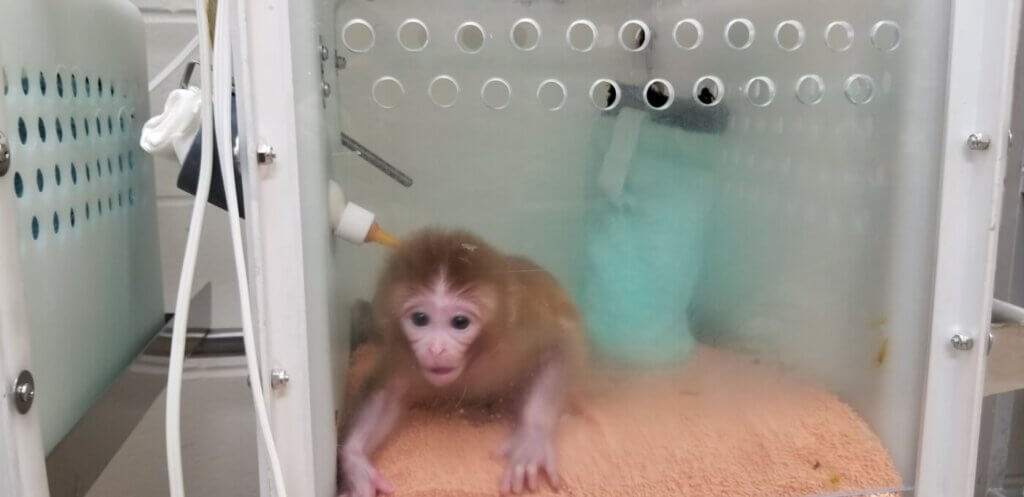
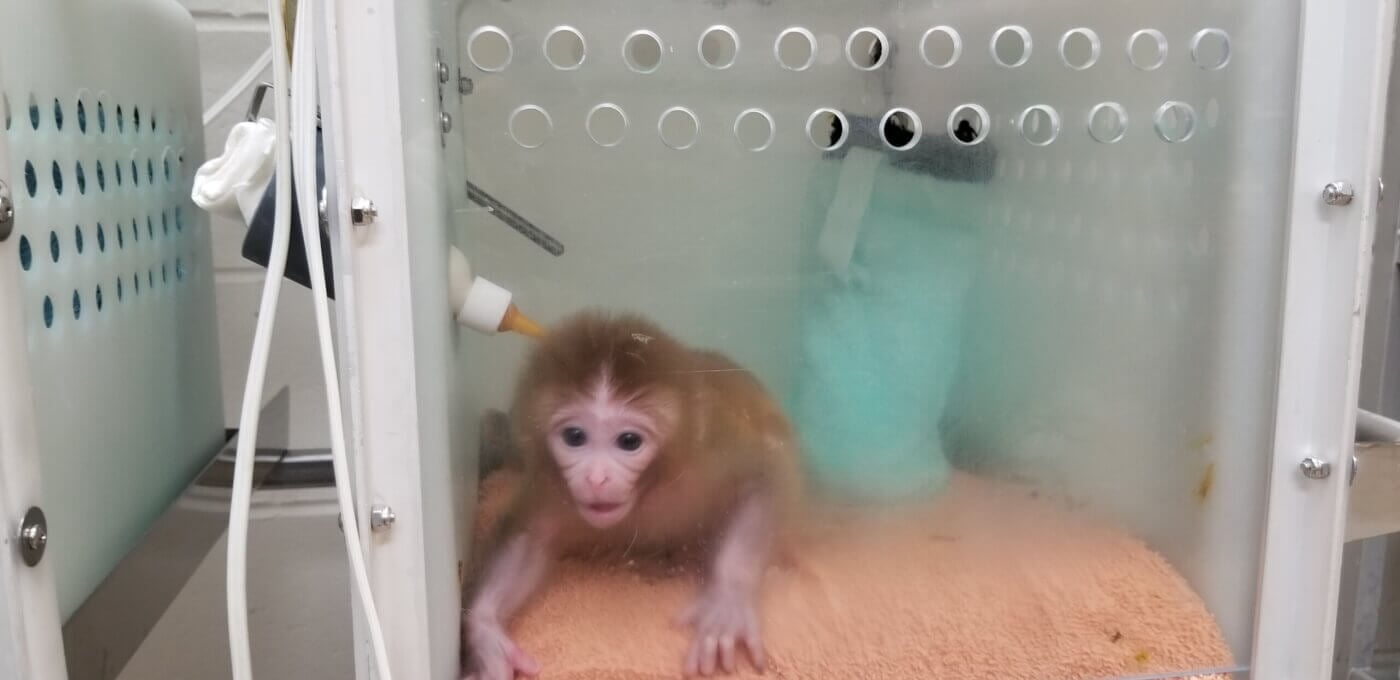
Federal inspectors have documented abysmal treatment of highly intelligent, intensely social, profoundly sensitive monkeys at every single NPRC. Cruelty, negligence, and incompetence at the NPRCs have injured and killed monkeys.
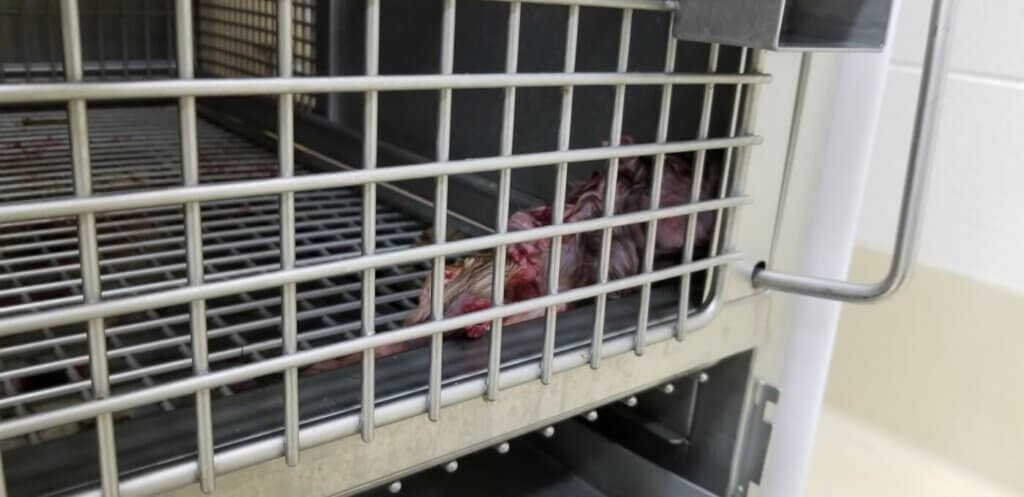
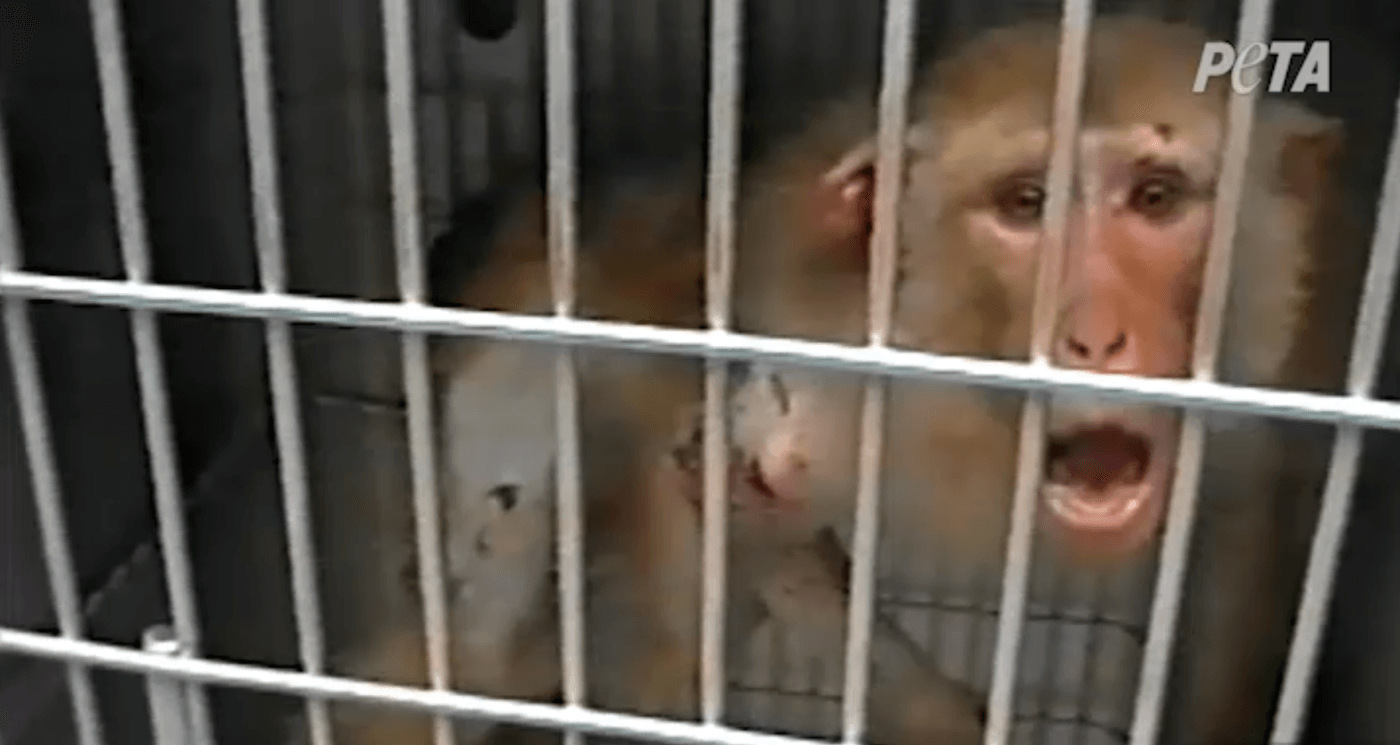

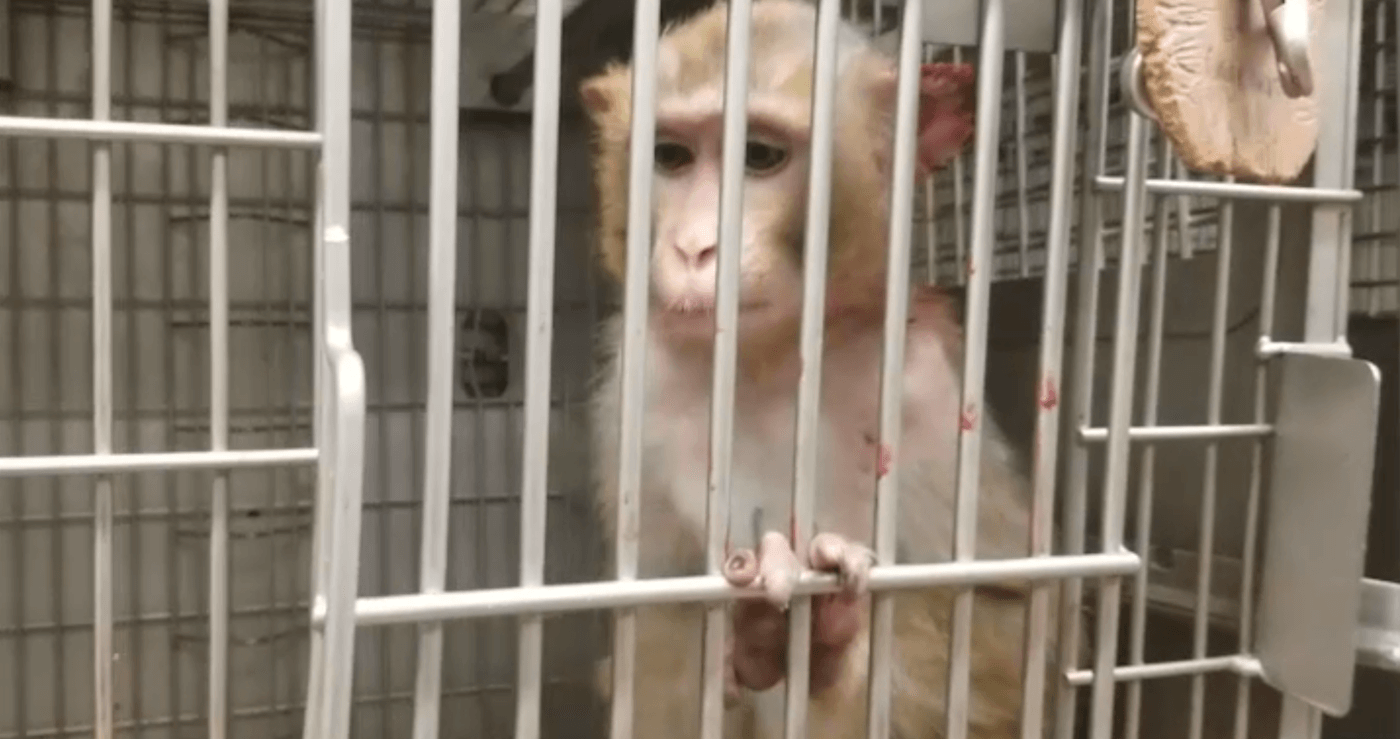

Those who experiment on animals at the seven NPRCs are speciesists—they ascribe an inferior status to primates simply because they don’t happen to be human. Speciesism defines other animals as little more than research tools (or food or fabric or toys). But these primates aren’t objects that belong to us—they’re individuals with their own interests, just like humans and all other animals. These monkeys …
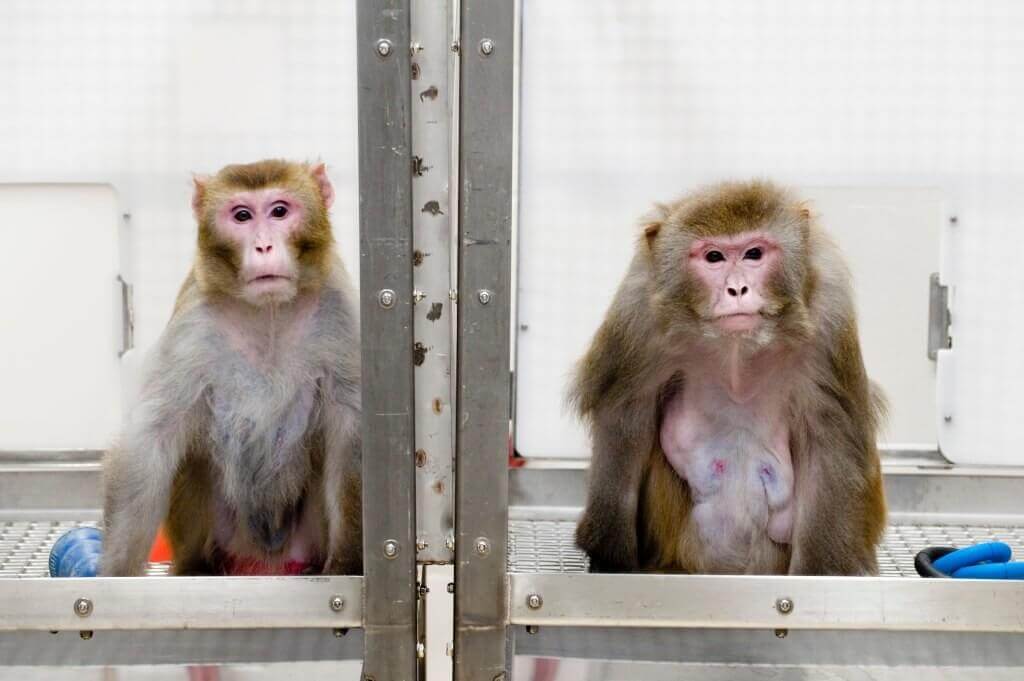
Photo: © University of Wisconsin | Jeff Miller

In 2002, there were eight NPRCs:
1. California NPRC at the University of California–Davis
2. New England NPRC at Harvard University
3. Oregon NPRC at Oregon Health & Science University
4. Southwest NPRC at Texas Biomedical Research Institute
5. Tulane NPRC at Tulane University
6. Washington NPRC at the University of Washington
7. Wisconsin NPRC at the University of Wisconsin–Madison
8. Yerkes NPRC at Emory University
But in 2015, the New England NPRC—embroiled in controversy over documentation of chronic and systemic neglect and mistreatment of monkeys, including in the deaths of 12 monkeys by dehydration—shuttered its doors, leaving seven.

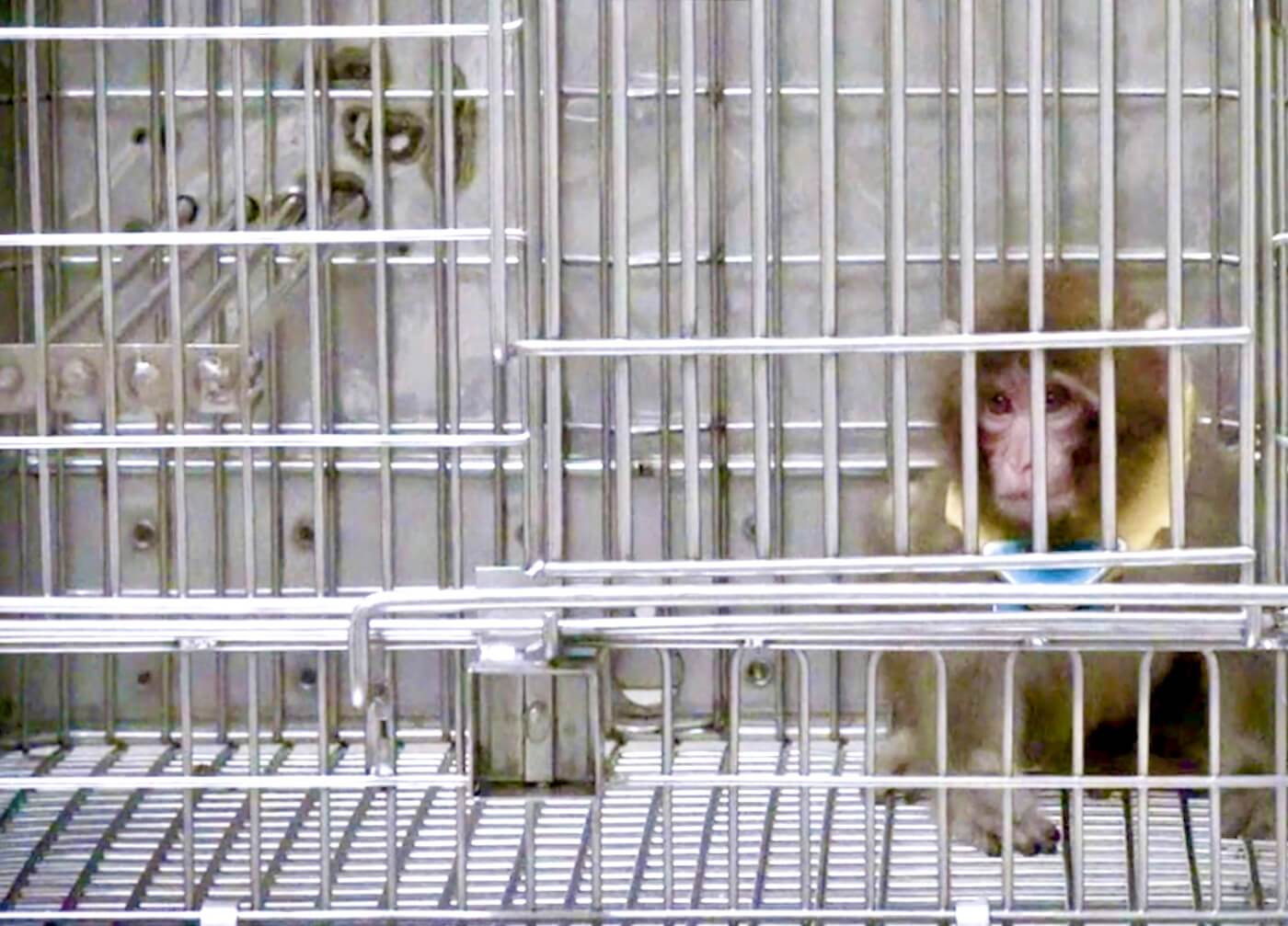
Let's Get the Doors of All the NPRCs Shuttered
Join thousands of PETA supporters calling for the immediate closure of the Washington, Wisconsin, and Oregon NPRCs and the release of their monkey victims to appropriate sanctuaries where they would be safe for the rest of their lives and be treated with the dignity that they deserve.
Please send polite comments to:
Ana Mari Cauce
President
University of Washington
pres@uw.edu
Steve Stadum
Interim President
Oregon Health & Science University
president@ohsu.edu
Jennifer Mnookin
Chancellor
University of Wisconsin–Madison
jennifer.mnookin@wisc.edu
Then take action below to ask NIH to stop using taxpayer money to lock up monkeys and fund tests on them.
As soon as you take one action, another will appear in its place. After you enter your information, just keep clicking “Send Message” to make sure your voice is heard.
